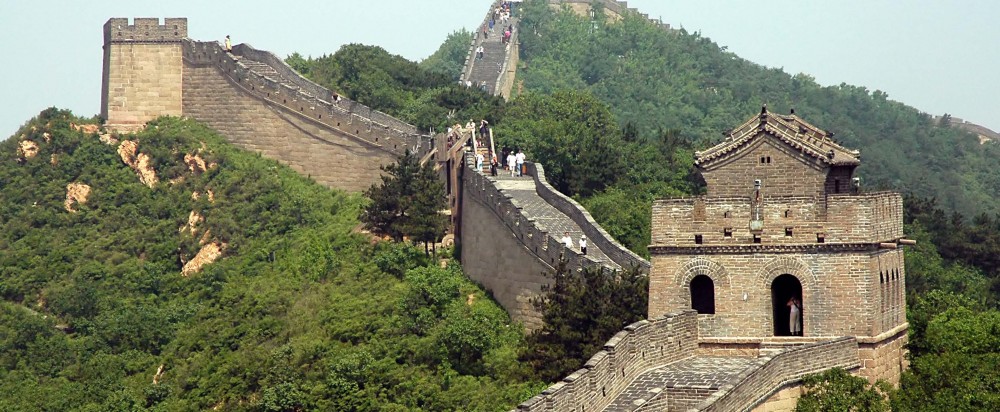The Mekong River is a transboundary river in Southeast Asia. From the Tibetan Plateau, the river runs through China’s Yunnan province, Burma, Laos, Thailand, Cambodia and Vietnam. The seasonal variations in flow and the presence of rapids and waterfalls in the river has made possible navigation difficult, even though it is a major trading route between western Chin and Southeast Asia. It is home to the world’s largest freshwater fisheries, with its rich biodiversity second only to the Amazon. The river sustains lives of 65 million people through fishing, aquaculture and irrigation.
In the Mekong River Basin, agricultural activities are based on pesticides and fertilisers, driving deforestation and causing erosion. The chemicals, nutrients and sediment runoffs from these farm winds up in the river, degrading water quality, and causing shifts in natural nutrient cycles and alteration of wildlife habitat as these waters are affected.
Aside from agricultural runoff, pollution from industries and municipalities poses problems for freshwater systems. Wastewater from these facilities contributes to nutrients that promote algae overgrowth, and carries thousands of chemicals from products used in daily life, including cosmetics, soaps, and pharmaceuticals, and most of these wind up in aquatic systems.
Watch this video on catfish production from the polluted waters of Mekong River!
